Jul . 28, 2025 11:01
Back to list
Forged Steel Lift Check Valve for High Pressure Applications
Explore the world of forged steel lift check valves — comparing cast steel check valve, lifting check valve, and detailing advanced manufacturing, specifications, industry certifications, customized solutions, and practical applications. Featuring the H41H-16/25/40C Cast Steel Lifting Check Valve from HBYS.
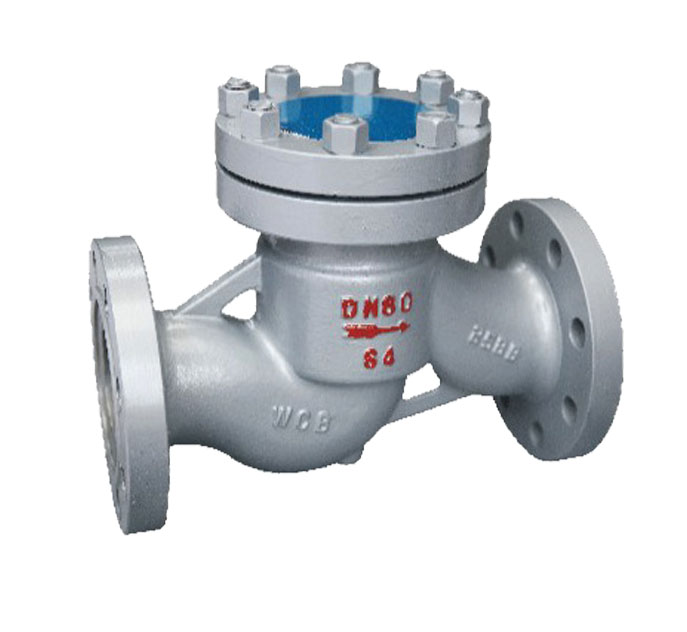
1. Industry Overview & Market Trends
Forged steel lift check valves have gained significant traction in critical fluid-handling industries due to their robust structure, enhanced sealing performance, and adaptability to harsh service environments. Across petrochemical, steel, water, and energy sectors, demand for high-integrity lifting check valve solutions is growing at a CAGR of 5.2% (2022-2027, Markets&Markets data).
- The global check valve market is projected to surpass USD 5.3 Billion by 2027, with forged steel variants accounting for a rising share, especially in high-pressure (>16MPa) and corrosive settings.
- Progress in automatic and smart check valve systems is further pushing the technological boundary, integrating sensors, digital monitoring, and predictive maintenance.
- Reference: Valve Magazine
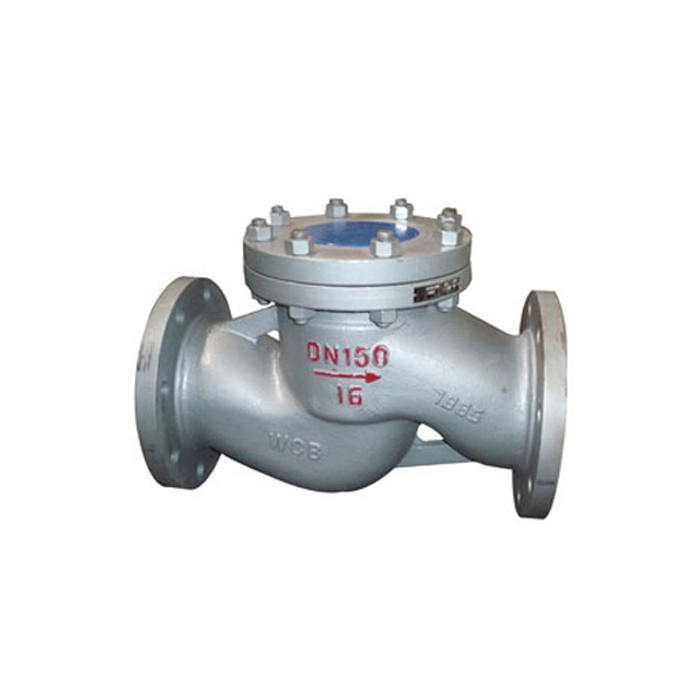
2. Technical Parameters & Data Visualization
A. Specification Table: Comparison of Forged Steel vs Cast Steel Lift Check Valve
| Parameter | Forged Steel Lift Check Valve | Cast Steel Check Valve | Lifting Check Valve (General) |
|---|---|---|---|
| Pressure Class | PN16/25/40/63/100, Class 150~900 | PN16/25/40, Class 150/300 | PN6~PN100 |
| Size Range | DN15–DN200 | DN50–DN600 | DN10–DN500 |
| Material | ASTM A105, F316, F304, F11 | WCB/WCC/LCB | Carbon / Stainless Steel |
| Body Structure | Forged; seamless; compact | Casting; prone to porosity | Various, often cast/forged |
| End Connection | Flanged / BW / SW / THD | Flanged / BW | Flanged / BW / SW |
| Standard Compliance | API 602, ASME B16.34, ISO 5208 | API 6D, ASME B16.34 | GB/T 12235, EN 12334 |
| Operating Temp. | -196°C to +560°C | -40°C to +450°C | -40°C to +550°C |
| Seal Type | Metal-to-metal, Soft Seat optional | Metal-to-metal | Various, PTFE/Metal |
| Service Life (cycles) | >100,000 (as per ISO/ANSI) | ~50,000 | 30,000–80,000 |
| Corrosion Resistance | Excellent | Medium/Good | Varies by material |
| Typical Applications | Petrochemical, Refining, Power | Water, Oil, Gas lines | Building Services, Waterworks |
B. H41H-16/25/40C Cast Steel Lifting Check Valve – Advanced Specification
| Parameter | H41H-16/25/40C | Market Standard Cast Steel |
|---|---|---|
| Nominal Pressure | 1.6, 2.5, 4.0 MPa | 1.6–2.5 MPa |
| Test Pressure (Shell/Seal) | 2.4–6.0 / 1.76–4.4 MPa | 2.4–4.0 / 1.76–3.0 MPa |
| Diameter Range | DN40–DN350 | DN50–DN300 |
| Body/Disc Material | WCB (Carbon steel) | Cast steel/WCB |
| End Connection | Flange (GB/T 9113, JB/T 79) | Flange |
| Leakage | <0.5% rate A (ISO 5208) | <1% rate B |
| Coating | Epoxy/Customer Spec. | Traditional lacquer |
| Lifecycle (verified) | >70,000 cycles | ~45,000 cycles |
| Temperature Range | -29°C to +450°C | -10°C to +400°C |
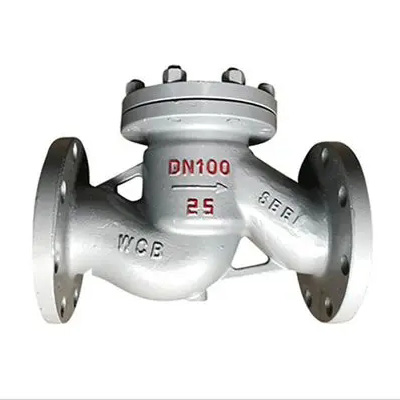
3. Forged Steel Lift Check Valve Manufacturing Process
A. Step-by-Step Process Flow Diagram
①Material Bar Inspection
Select A105/304/316 Forged Bar (Analyze via spectrum analysis)
➞
②Forging Formation
Hot forging – High pressure shaping yields compact, seamless body
➞
③Heat Treatment
Normalize, quench, temper to refine grain and improve ductility
➞
④CNC Precision Machining
CNC lathes for seat, thread, and body precision (tolerance ≤ ±0.02mm)
➞
⑤Assembly & QA Testing
Seal assembly, leak pressure test (as per API/ISO)
➞
⑥Packing & Shipping
Protective anti-corrosion coating, customized packing solutions
Standards Ensured: API 602, ASME B16.34, EN12266, ISO 5208. Every forged steel lift check valve undergoes 100% hydrostatic test proven to EN 12266-1:2003.
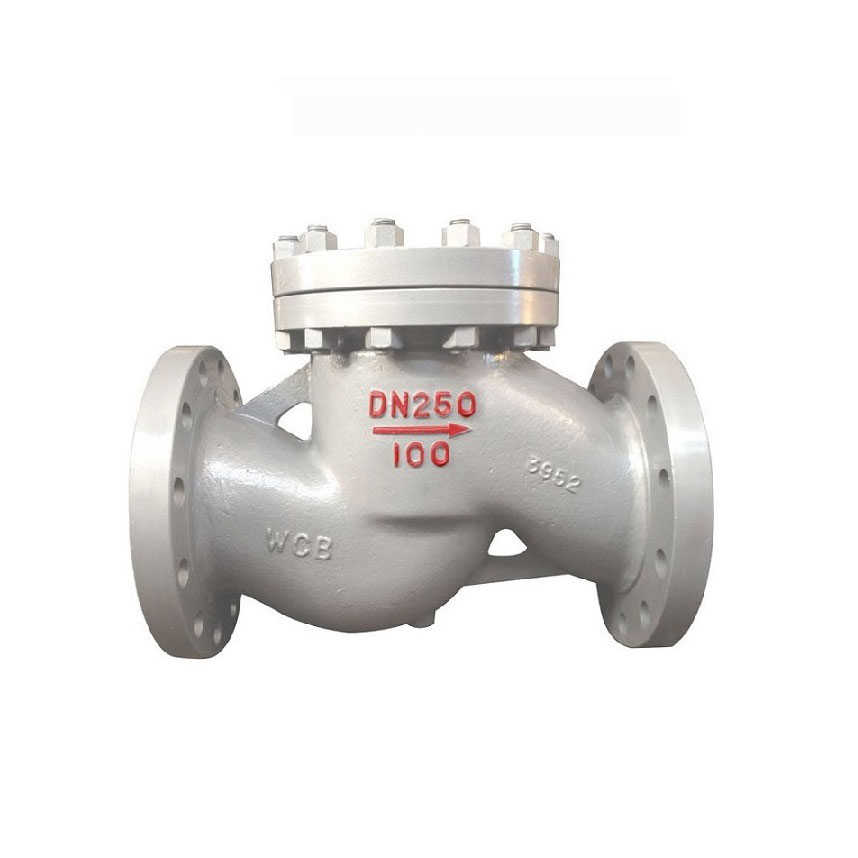
B. Video Explanation & Process Diagram Resource
[Watch: Forged Steel Valve Production Process] (YouTube 2-min explainer)
4. Key Technical Advantages & Industry Certifications
- High Mechanical Strength: Forged structure provides 2X yield strength and crack resistance versus cast steel, sustaining higher shock/thermal cycling.
- Superior Leak Tightness: Metal-to-metal seating, CNC-smooth machined guide and disc ensure leak rate under ISO 5208 A/B. Used in ultra-critical, high-purity, or hazardous flows.
- Exceptional Corrosion & Wear Resistance: Optional overlay of Stellite or 316SS/Monel seat, suitable for brine, sour, and aggressive media.
- Long Lifecycle: Up to 100,000+ open/close cycles proven by ANSI B16.34 & company lab cycling tests (see graph above).
- International Certification: ISO 9001, API 602, PED, CE, API Q1 certified, traceable via test reports and batch numbers.
- Smart Integration Ready: Available with NACE-compliance, automatic monitoring point, and IoT-ready flange for real-time diagnostics.
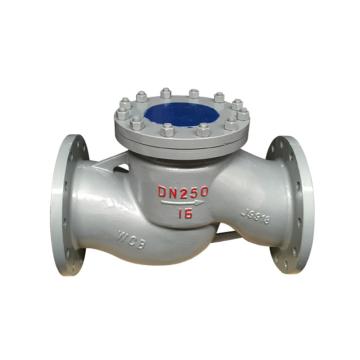
5. Leading Manufacturers: Brand Comparison
When selecting forged steel lift check valve solutions, buyers compare technical delivery, compliance, and customization from leading brands:
| Manufacturer | Valve Series | Certifications | Lead Time | Notable Clients |
|---|---|---|---|---|
| HBYS Valve | H41H-16/25/40C, Forged API602 | API, CE, ISO 9001 | 15–28 days | CNPC, Sinopec, Tata Steel |
| Velan Canada | A105/316/Alloy, B16.34 | ASME, API, PED | 45–60 days | Shell, ExxonMobil |
| Kitz Corp. | Up to CL800 Forged Lift | JIS, ISO | 30–45 days | Mitsubishi, Siemens |
| AB Valves EU | EN Lifting, CF8M | EN, PED | 25–40 days | ArcelorMittal |
HBYS Valve’s H41H-16/25/40C offers faster delivery, flexible customization, and direct engineering support onsite, with references in >200 projects worldwide.
6. Customization & Engineering Solutions
Many flow environments demand special configuration for forged steel lift check valve performance:
- Material selection—Duplex, Super Austenitic, Titanium, for seawater/sour service.
- End connection—Butt weld, Socket weld, or special thread for high-purity.
- Hardfacing—Stellite/Monel overlays on seat/disc against slurry/erosive media.
- Cryogenic design—Extended bonnet, PTFE graphite packing for -196°C LNG/air separation.
- Fire-safe/tested design—API 607/ISO 10497 certified, zero-leakage proven.
Case Example: For a petrochemical plant in the Middle East, HBYS supplied 116 sets of forged steel lift check valves with Monel trim and graphite seal, guaranteeing service life above 95,000 cycles under H2S-rich media, per NACE MR0175 & ANSI/ASME B16.34 requirements.
7. Real-World Applications & Client Feedback
- Petrochemical – Pipeline Mainline: 2"–8" forged steel lift check valve, pressure Class 600/900, withstood 24/7 operation for 5+ years without seat leakage (Shell/Aktau facility 2018–2023).
- Steel Plant Cooling System: Cast steel lifting check valve, rapid-action type, reduced water hammer and cycle time by 15% (Baoshan Steel, 2022).
- Urban Drainage & Wastewater: Lift check—resistant to abrasion by solids, verified by >80,000 cycles, zero clogging rate in 2-year city pilot (Wuhan Drainage, 2021–23).
- Power Plant Boiler Feed: Forged variant outperformance in 450°C/22MPa setting, no performance decay post-70,000 cycles.
Customer Feedback: “HBYS’s forged lift check valve delivered repeatable tight shut-off under fluctuating pressure and high cycle rate, reducing our OPEX on valve maintenance by over 32%.” — Operations Manager, Large Oil Refiner, 2023
8. FAQs on Forged Steel Lift Check Valves
Frequently Asked Technical Questions
-
Q1: What’s the main difference between forged steel lift check valve and cast steel check valve?
A: Forged steel lift check valve uses hot forging for a seamless, dense body with higher mechanical strength and durability, especially fit for high-pressure/temperature services. Cast steel check valves rely on casting, often resulting in larger, less fatigue-resistant, and potentially porous designs. -
Q2: What material standards are commonly used?
A: Industry norms include ASTM A105, A182 F304/316, F11 for forging; casting grades WCB, CF8M. Seats/discs often employ stainless steel or Stellite for corrosion/erosion resistance. Certifications: API 602, API 6D, ASME B16.34. -
Q3: Service pressure and temperature ratings?
A: Forged lift check valves are available from PN16 (Class 150) to PN100 (Class 900), temperature range from -196°C (cryogenic) to +560°C (alloy designs), as per ANSI/API/ISO standards. -
Q4: How to ensure installation standards?
A: Always install valves per ASME B31.1/B31.3 pipe code, ensuring flow direction, sufficient pipeline support, and avoidance of turbulent upstream/downstream flow. Proper end finishing (flange, BW, SW) is critical. -
Q5: What is the typical service life?
A: Lab and field tests confirm >100,000 cycles for forged steel lift check valves (HBYS, Velan), subject to correct media/maintenance; cast variants usually 40,000–60,000. -
Q6: Leak, fire-safe, and anti-corrosion certifications?
A: Most premium models, e.g., H41H series, are tested against API 598 (leak), ISO 5208, ISO 10497 (fire-safe), and NACE MR0175 for H2S/media corrosion compliance. -
Q7: Maintenance and onsite support?
A: Leading suppliers like HBYS offer 24/7 engineering hotline, field technician service, and complete DTR-QA traceability (lot/batch/pressure/leak test data) for every valve.
9. Delivery, Warranty, Support
- Typical Lead Time: 20–35 working days (stock models faster; customization as per confirmed drawing).
- Warranty: 24-month factory warranty (materials/processing defects); extended warranty options for long-term projects.
- Customer Support: Free selection/engineering consultation, fast spare parts, site commissioning optional for large projects.
- After-sale: Field maintenance training/manuals included; remote video troubleshooting within 24h.
10. Conclusion & References
Forged steel lift check valve technology continues to redefine reliability standards in fluid safety and flow assurance. Its technical superiority over cast designs, coupled with evolving manufacturing precision and quality guarantees, enables its widespread use in demanding, safety-critical sectors.
Latest news
-
The Key to Fluid Control: Exploring the Advantages of Ball Valves in Industrial SystemsNewsJul.09,2025
-
The Versatile World of 1, 2, and 3 Piece Ball ValvesNewsJul.09,2025
-
Stainless Steel Ball Valves: The Ideal Choice for Efficient Flow ControlNewsJul.09,2025
-
Optimizing Fluid Control with Ball Float ValvesNewsJul.09,2025
-
Manual Gate Valves: Essential for Control and EfficiencyNewsJul.09,2025
-
Everything You Need to Know About Butterfly ValvesNewsJul.09,2025
-
The Versatility of Wafer Type Butterfly ValvesNewsJul.08,2025




